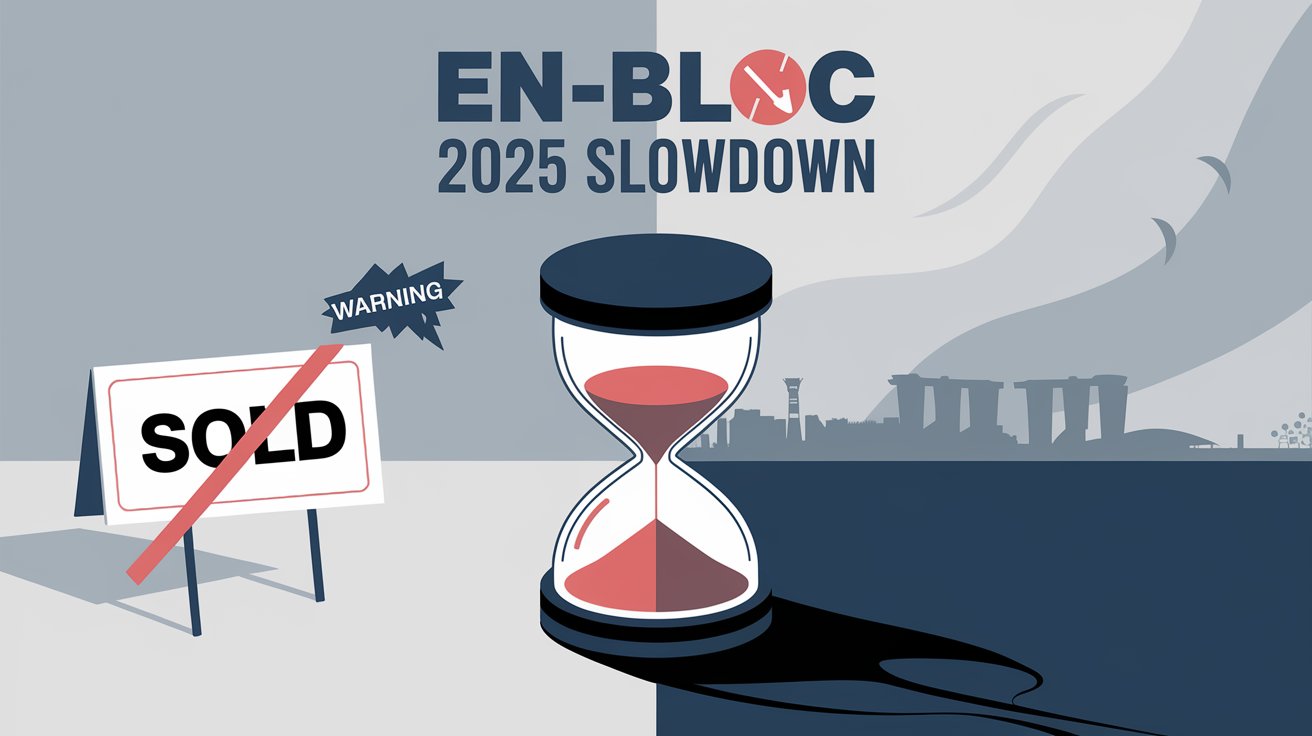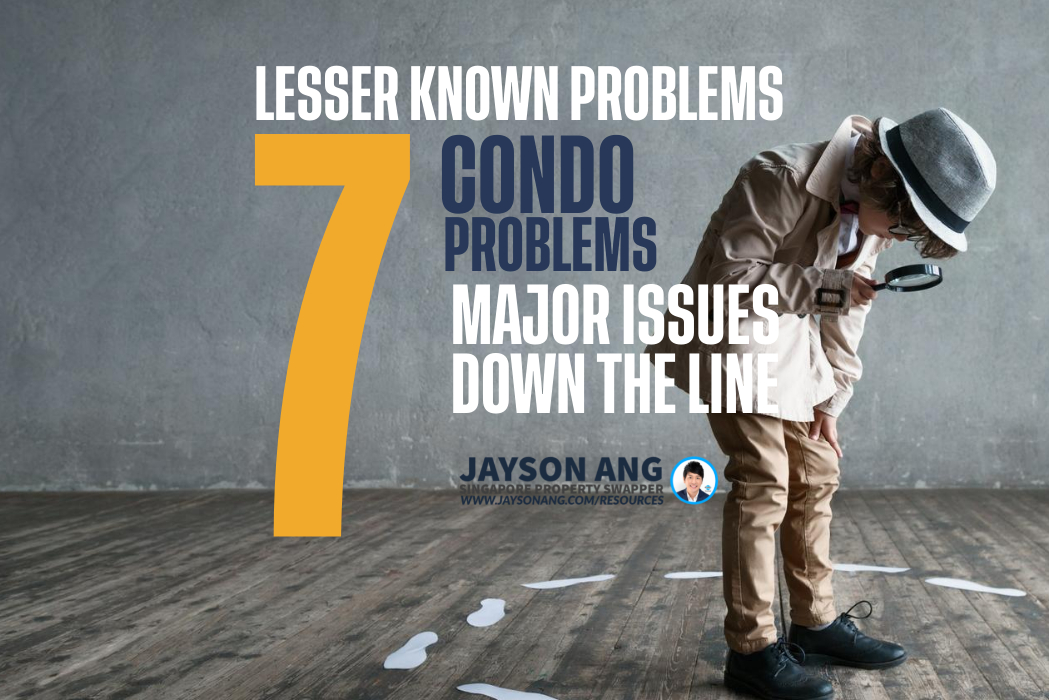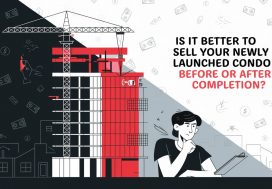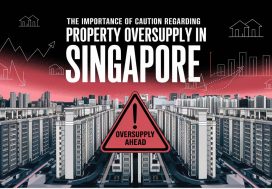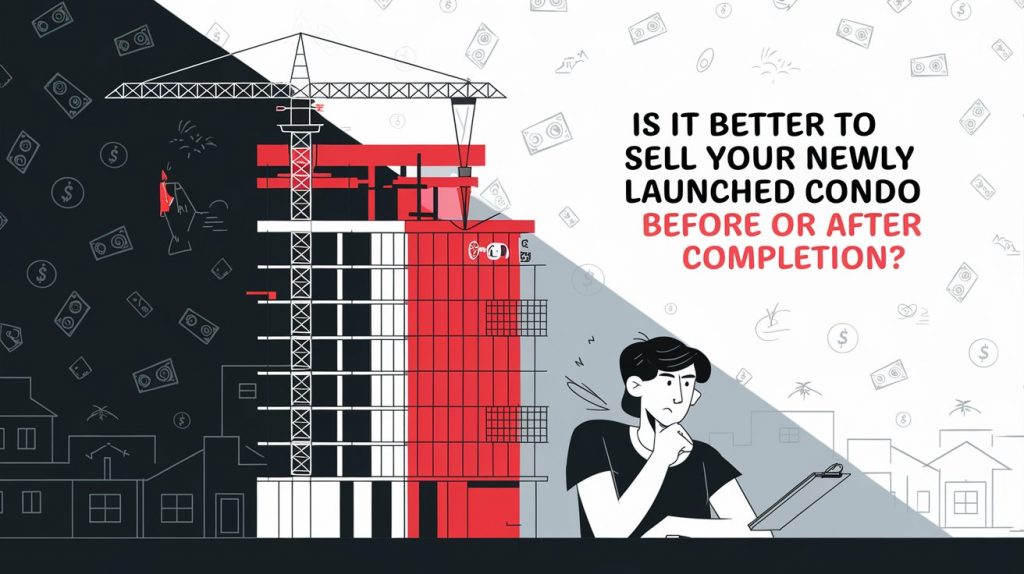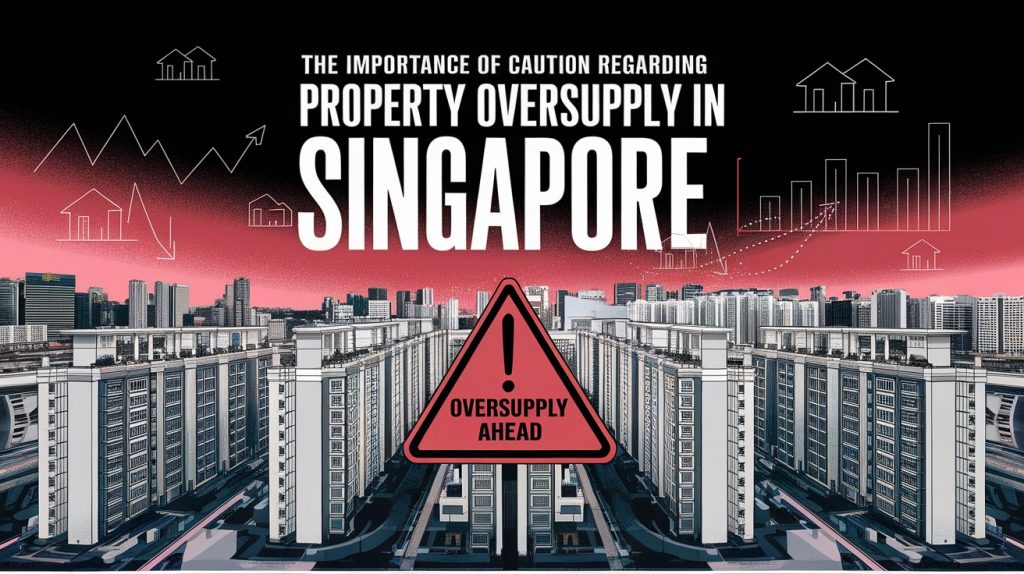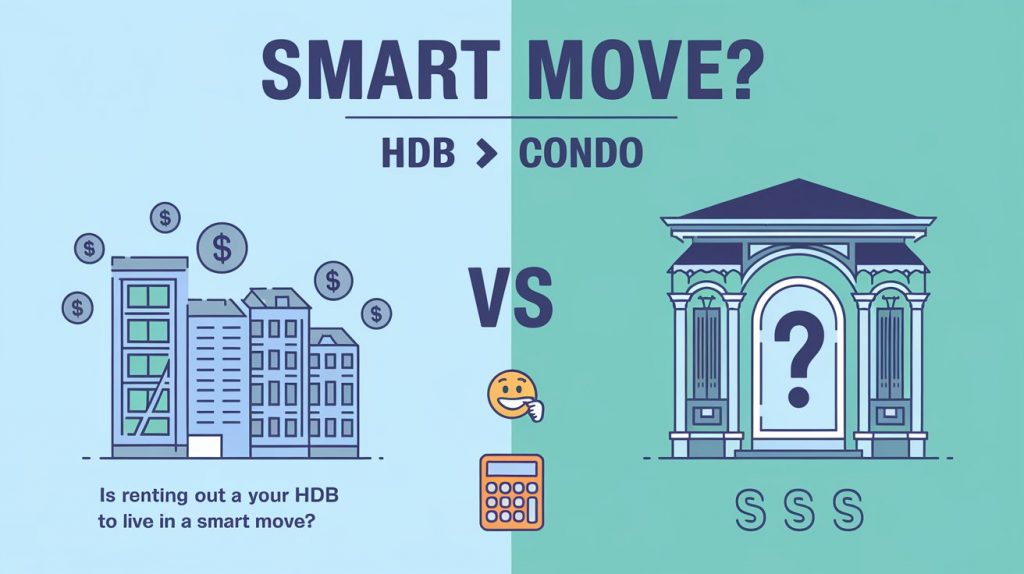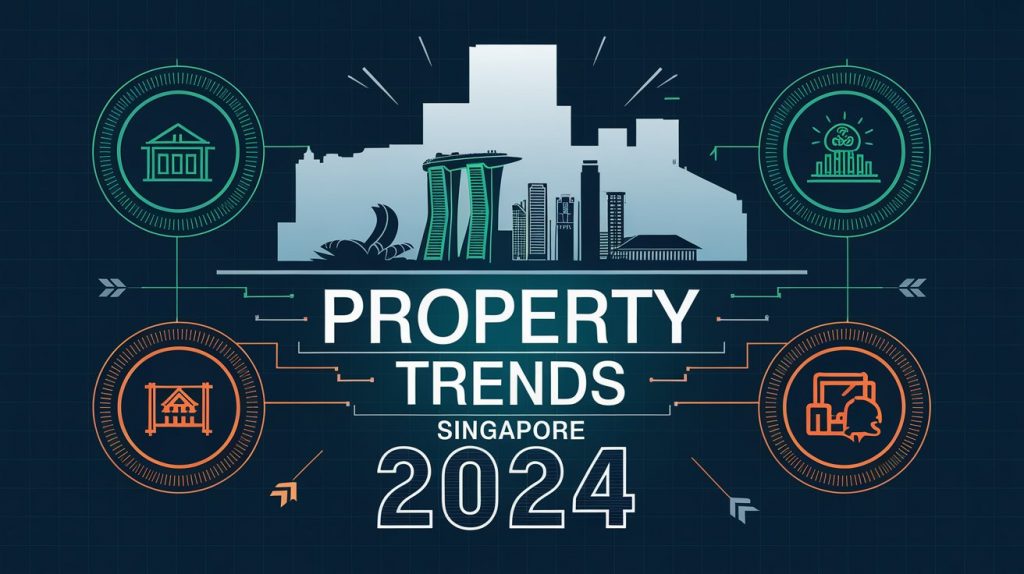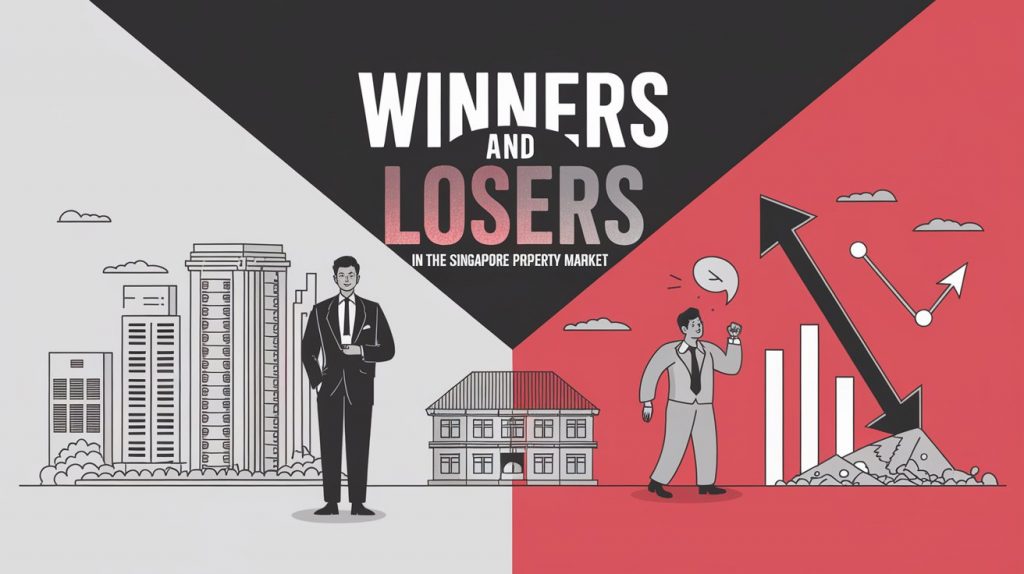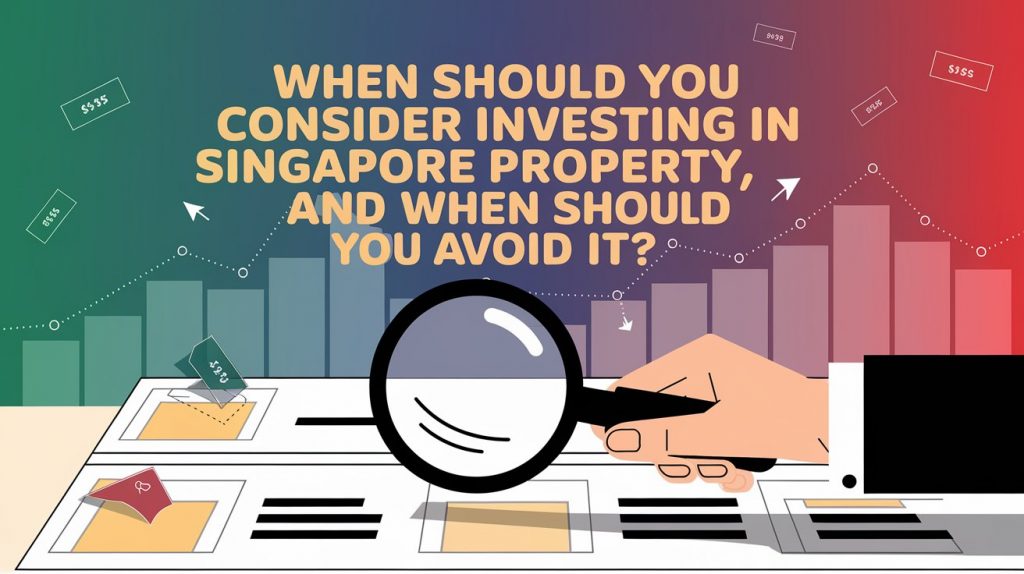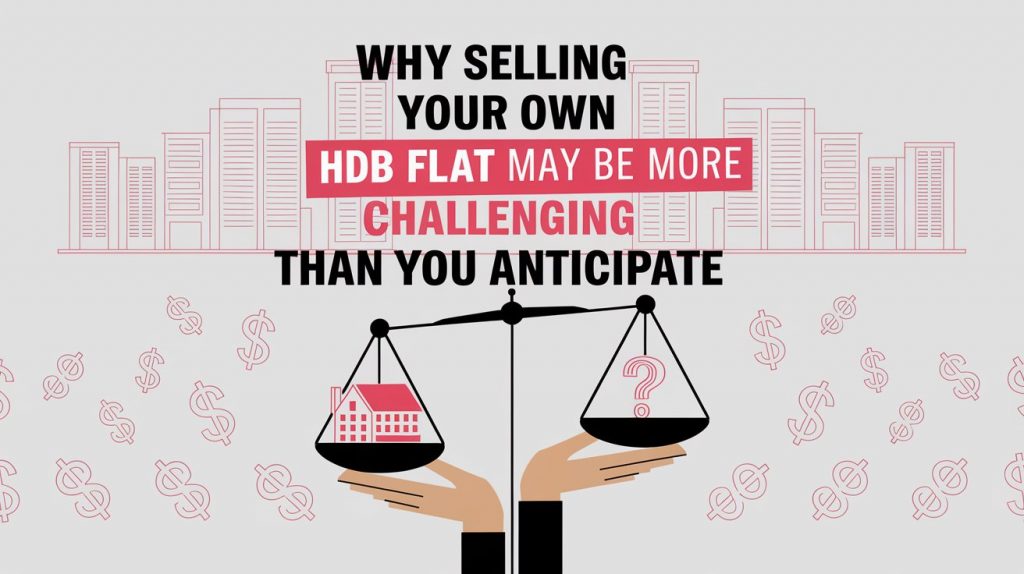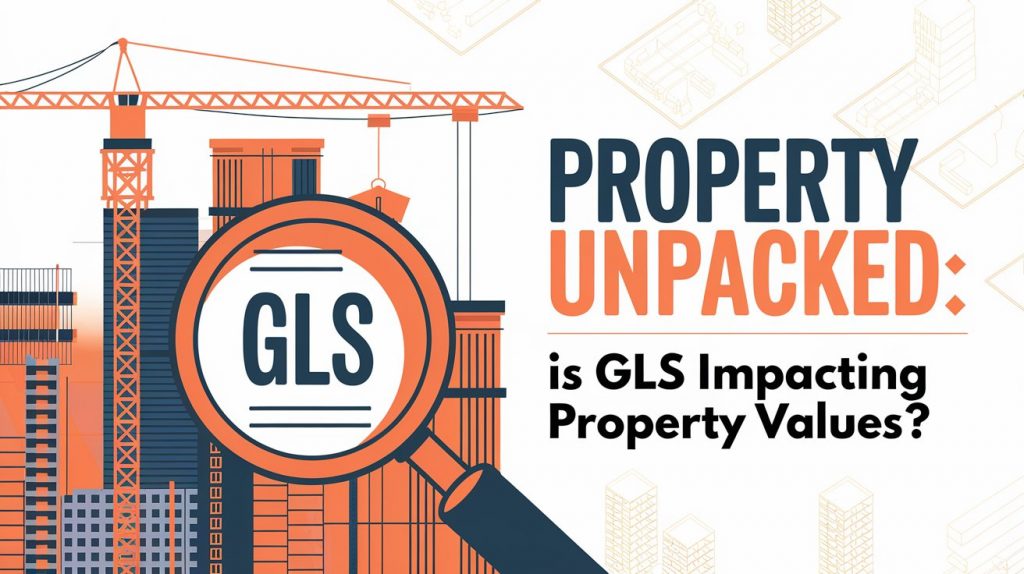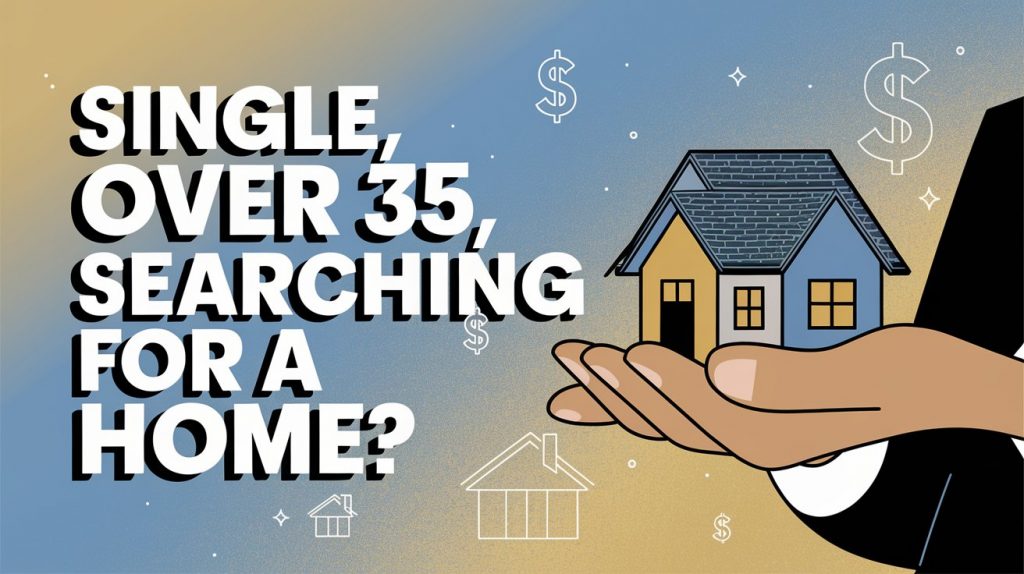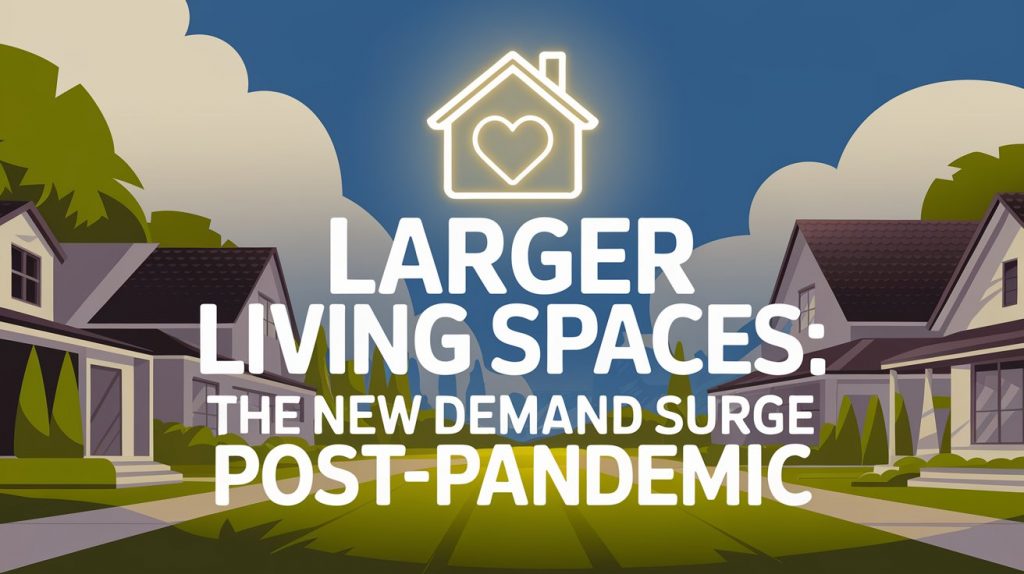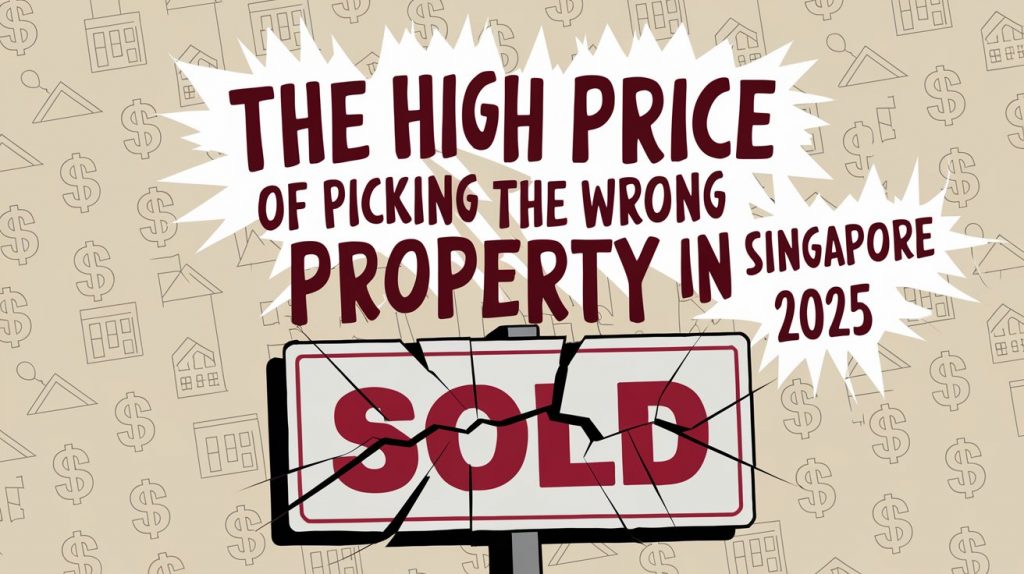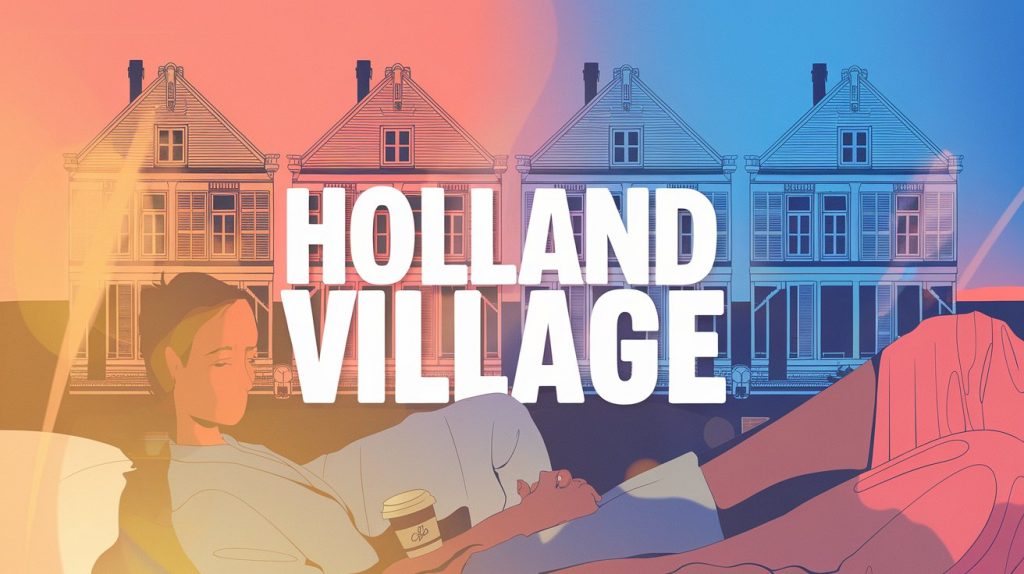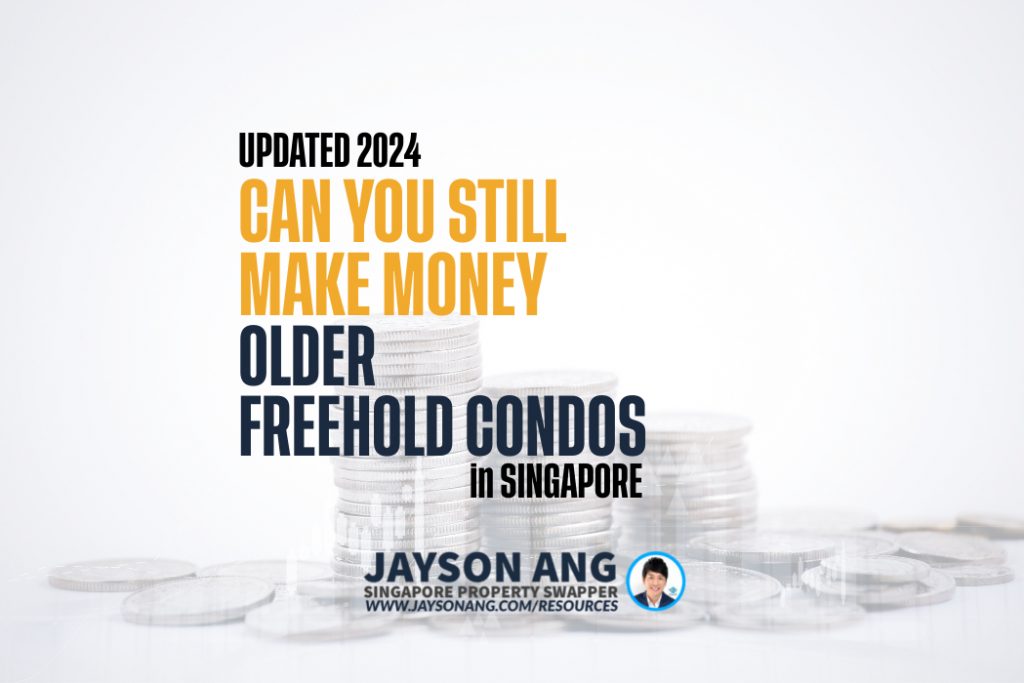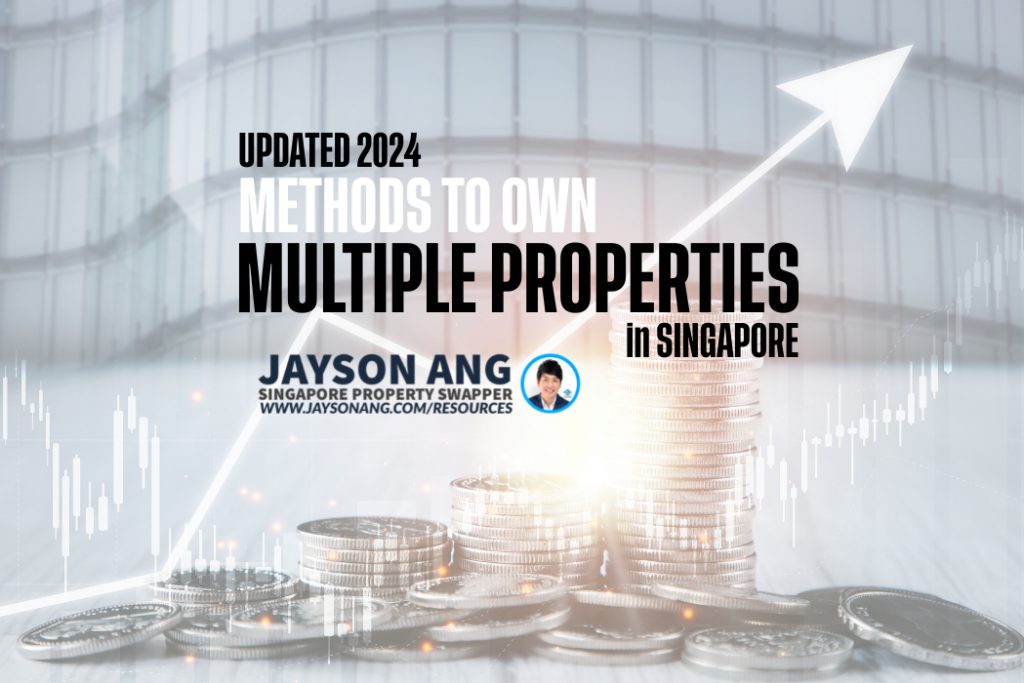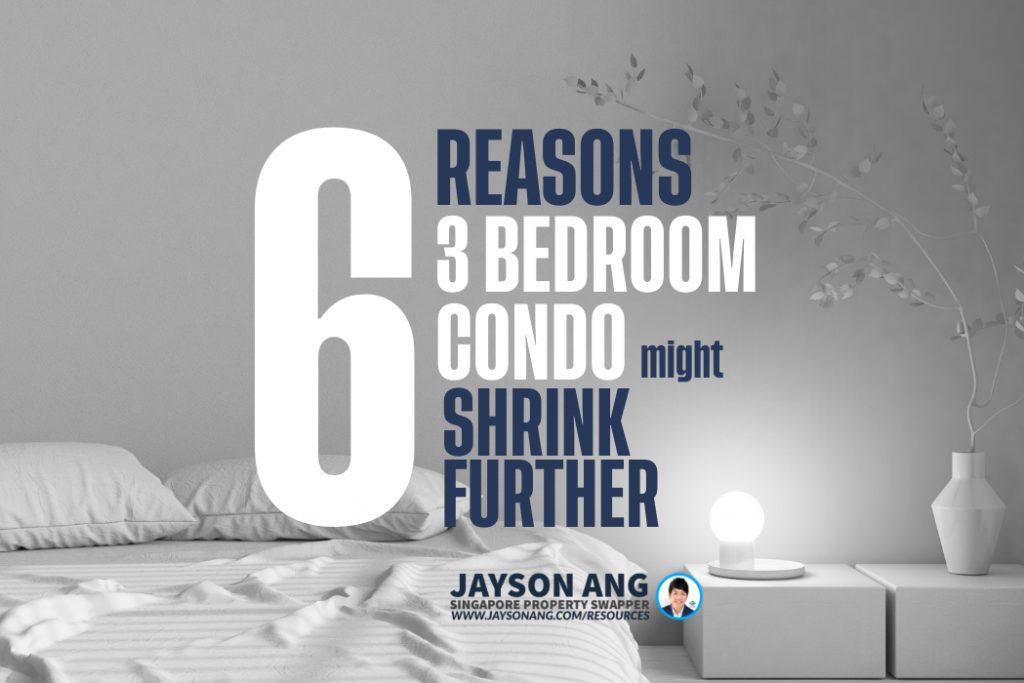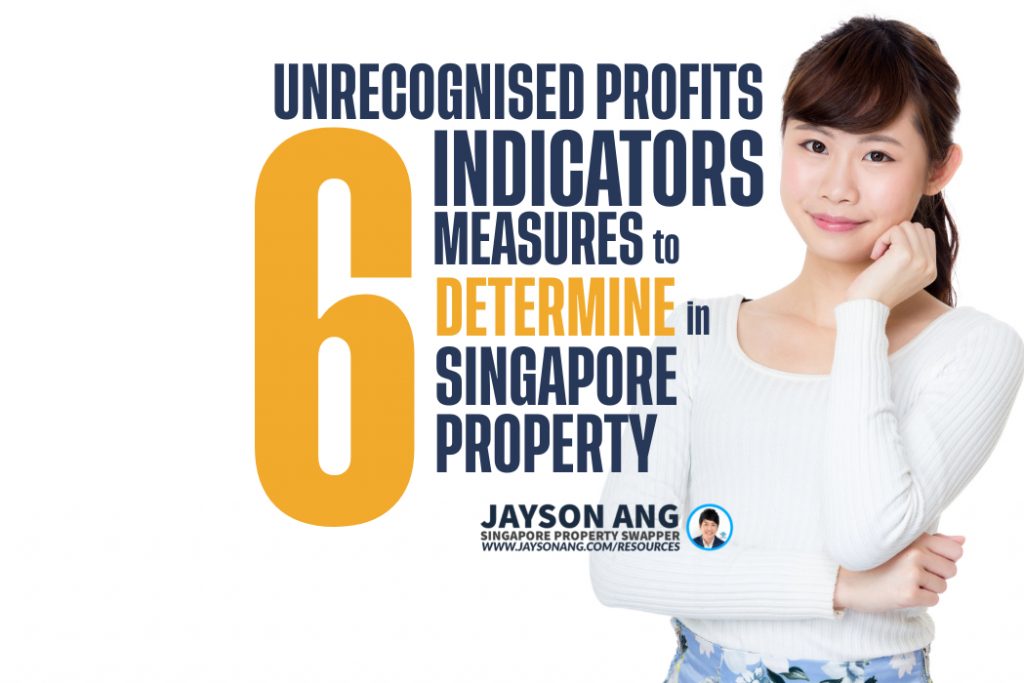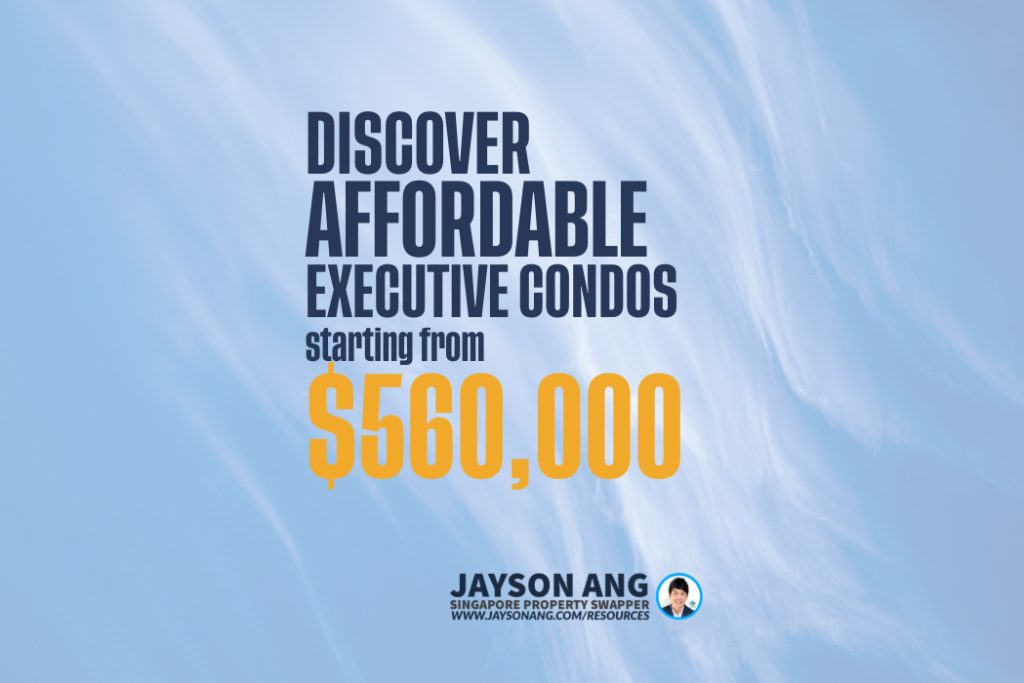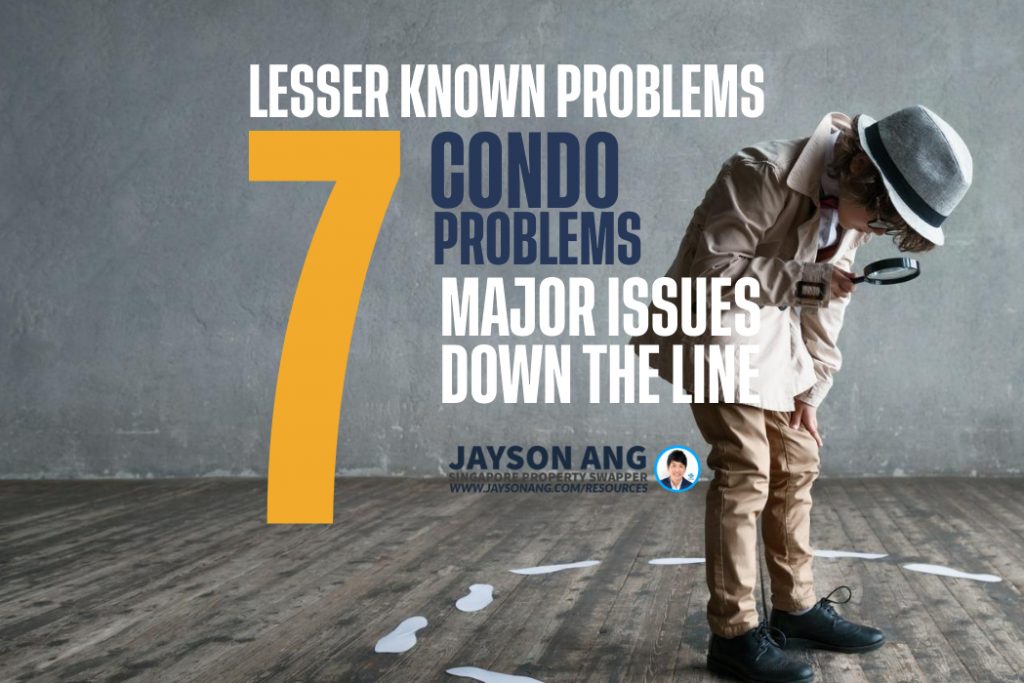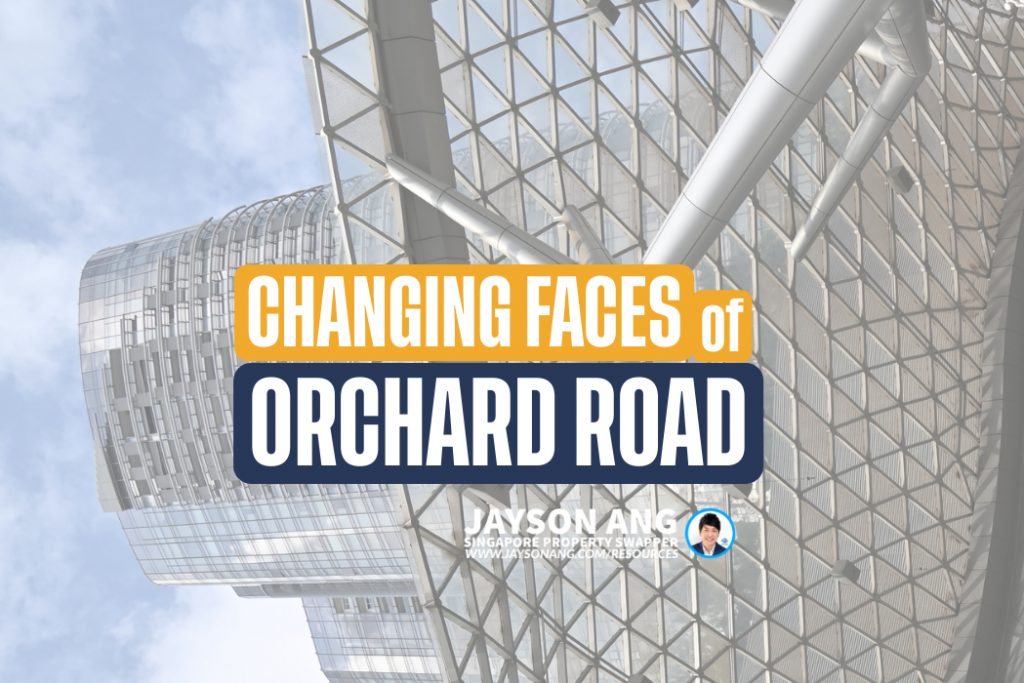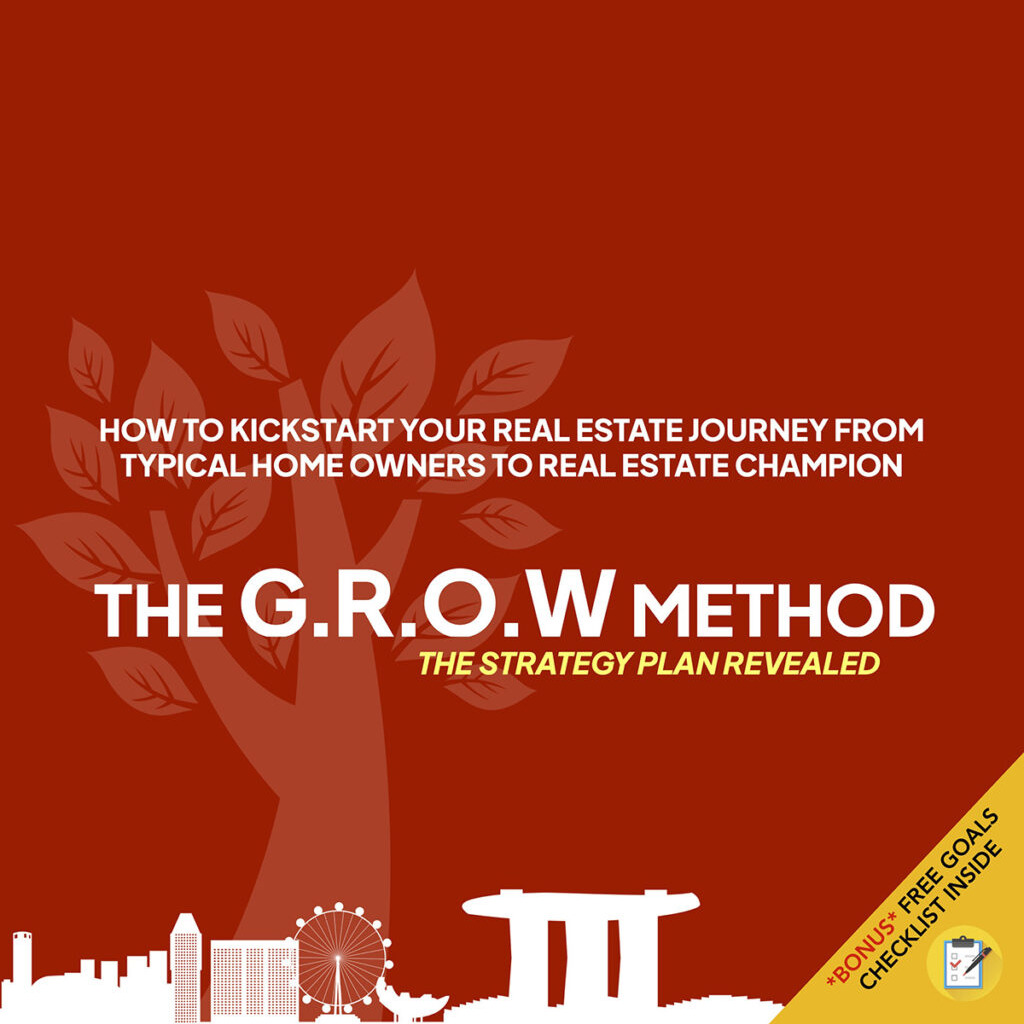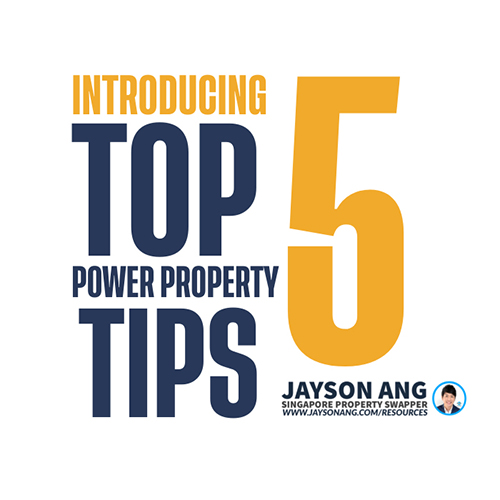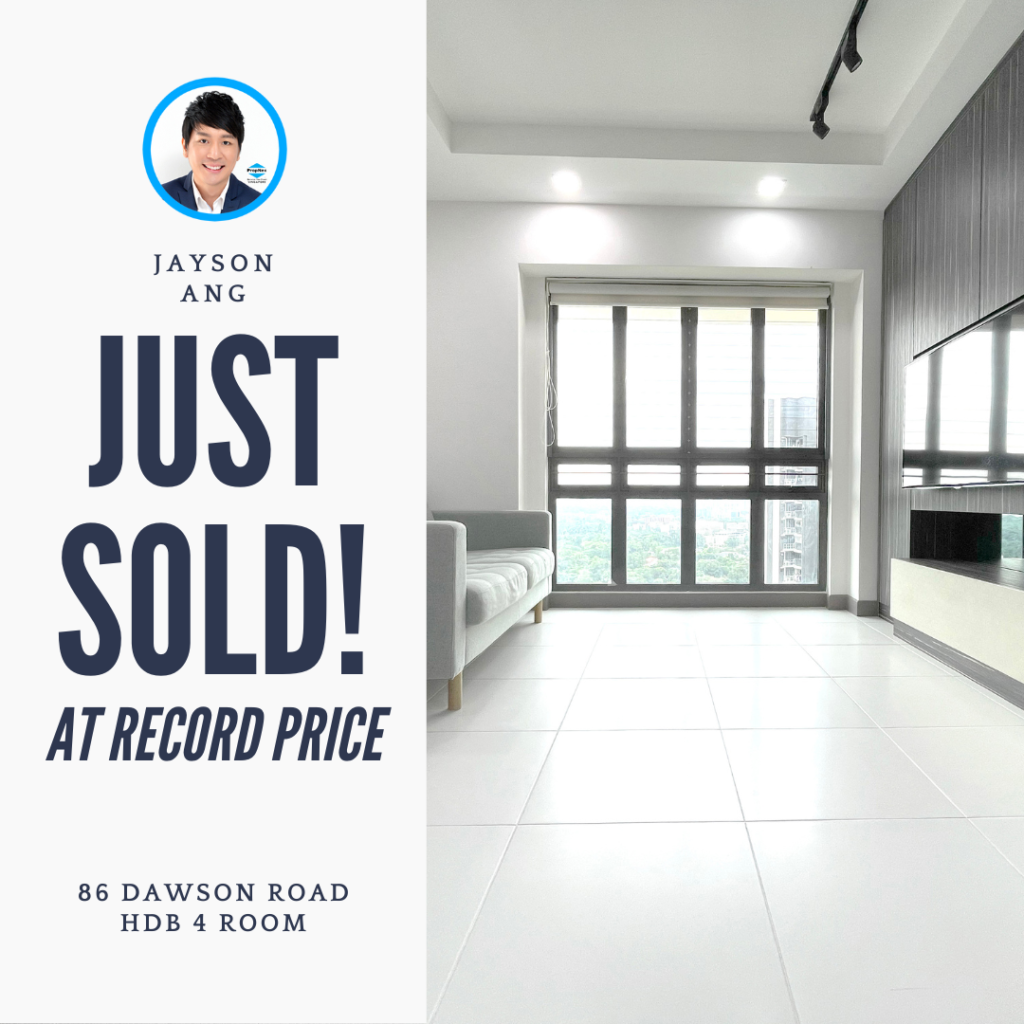TLDR
From 2014 to 2024, the en-bloc market has faced challenges due to fluctuating cooling measures and a shift from housing surplus to shortage. Developers struggle with a five-year timeframe to sell projects before facing Additional Buyer Stamp Duty (ABSD), making land replenishment cycles difficult. Government Land Sales (GLS) create stiff competition, favored by developers for fewer complications and lower costs. High property prices and increased ABSD deter en-bloc sales, especially for foreign owners. New regulations complicate downsizing to HDB flats for those under 55, with mandatory waiting periods post-sale. Gross Floor Area (GFA) harmonization impacts developer offers and profit margins. Flexible Methods Of Apportionment (MOA) help minimize disparities in sale proceeds. Economic factors like high interest rates and geopolitical tensions make developers cautious about en-bloc sales.
If it has been some time since your last en-bloc sale, you might be taken aback by the significant changes that can occur within just ten years. The period from 2014 to 2024 has been particularly eventful—not only due to the impacts of Covid but also because of a series of fluctuating cooling measures, a dramatic shift from a surplus of housing to a notable shortage, and new launch prices that are leaving buyers feeling bewildered. Here are some key differences in the en-bloc sales environment today compared to the market in 2017 or earlier:
The main issue with the en-bloc market in 2025
Developers have a five-year timeframe to finalize and sell any project; otherwise, they risk incurring Additional Buyer Stamp Duty (ABSD) based on the land price, although this requirement has been somewhat eased recently. This situation had previously set the expectation for a five-year cycle, where developers would complete their projects and subsequently rush to replenish their depleted land inventories. However, the anticipated cycle, which should have reinitiated in 2022, did not materialize.
We also highlighted the competition posed by additional Government Land Sales (GLS) sites. As we look towards 2024, the landscape remains largely unchanged. A notable instance is Pine Grove, where two GLS land parcels adjacent to it were acquired prior to the condo’s attempted en-bloc sale.
Owners of Pine Grove had aimed for a collective sale price of $1.95 billion (their fifth attempt since 2008), which was later revised down to $1.78 billion. This en-bloc sale would have valued the development at approximately $1,430+ per square foot (or around $1,335 psf at the lower figure). In contrast, the two nearby GLS parcels attracted top bids of $1,318+ psf and $1,223+ psf.
Additionally, GLS plots have emerged in areas such as Lentor Central, Orchard Boulevard, and Zion Road. The government is committed to increasing housing supply, creating formidable competition for en-bloc sales. We anticipate that these land sales will generate 5,450 new homes in 2024, an increase from the already substantial 5,160 new homes expected in the latter half of 2023.
When choosing between a GLS plot and an en-bloc sale, most major developers tend to favor acquiring government land. This preference stems from fewer complications with existing owners (as seen in the Chuan Park episode) and reduced costs for developers when leveling the land. Additionally, the steep prices of properties pose a challenge; for current owners to justify relocating and purchasing a new home, the potential cost of redevelopment may exceed market tolerances. This scenario starkly contrasts with GLS land, where developers simply compete against one another through bidding.
Consequently, enthusiasm for en-bloc sales is currently low, given that the primary competitor appears to be the government itself.
Other recent or historical changes include:
- 1. Greater resistance due to the cost of replacement properties
- 2. Right-sizing to HDB after an en-bloc is tougher for some
- 3. GFA harmonisation might result in less generous offers
- 4. More flexibility in Methods Of Apportionment (MOA)
1. Greater resistance due to the cost of replacement properties
The most apparent factor influencing the market is the current home prices. As the saying goes, when you sell at a high price, you also buy at a high price. In May 2024, the average price for new launches was $2,250 per square foot, while resale properties averaged $1,634 per square foot.
Take Pine Grove as an example, where sellers were unable to achieve even $1,434 per square foot. Other en-bloc sale attempts this year, like Thomson View, are aiming for prices as low as approximately $1,282 per square foot.
In simple terms, an en-bloc sale today does not yield the significant profits it once did, unless a seller does not require a replacement property.
Another important consideration is the increased Additional Buyer’s Stamp Duty (ABSD) rates. Foreign property owners are likely to be the most resistant to en-bloc sales since they face a hefty 60% ABSD on any new property they purchase. On the other hand, Singaporeans and Permanent Residents must confront the reality that surrendering their second property in an en-bloc sale means future acquisitions will incur ABSD rates of 20% and 30%, respectively. This could significantly complicate their ability to replace rental income.
2. Right-sizing to HDB after an en-bloc is tougher for some
If you’re not yet 55 and considering downsizing to a four-room or smaller flat, recent regulatory changes can complicate collective sales. There’s now a mandatory 15-month waiting period after selling a private property before you’re eligible to purchase a resale flat.
For those looking at BTO flats, the situation is even less appealing, as it requires a 30-month waiting period.
This creates a dilemma for homeowners in their 30s or 40s who need to find a new residence. Their choices are limited to either seeking another private property, which may come with steep prices, or potentially needing temporary housing for an extended duration.
The introduction of this waiting period in September 2022 has added a new layer of complexity to collective sales that we previously didn’t face. While it’s been suggested that appeals can be made to HDB regarding this issue, they are likely evaluated individually.
3. GFA harmonisation might result in less generous offers
Recent modifications to the measurement of Gross Floor Area (GFA) may explain the more conservative offers from developers. However, to summarize, developers can no longer maximize space from features such as large air-conditioning ledges, planter boxes, or bay windows.
While this change is likely a significant relief for buyers, it does have implications for developers’ profit margins. Coupled with the increased Additional Buyer’s Stamp Duty (ABSD) and Land Betterment Charges (LBC), developers might take a cautious approach with their offers.
Interestingly, prior to the rule change, strata void space (the area between the ground and ceiling) was included in Share Valuation (SV) calculations. This could pose issues if sale proceeds rely on SV, as the vacant void space is evidently less functional than actual “livable space” within the unit. It remains uncertain whether measures will be implemented to standardize these assessments; however, retroactively applying changes to all properties previously assessed seems impractical.
4. More flexibility in Methods Of Apportionment (MOA)
The Memorandum of Apportionment (MOA) outlines the distribution of proceeds from a sale. Traditionally, this division is determined by Share Value (SV), strata area, market valuation, or a combination of these factors.
The MOA remains one of the most debated aspects of collective sales, a trend that has persisted over the years. However, there is now more flexibility and creativity in how these agreements are structured compared to earlier en-bloc sales. Nowadays, it is common to reach some form of compromise instead of strictly following SV, strata area, or other methods.
Take the example of Albracca in 2018, a small condominium featuring 11 units of varying sizes. The accepted MOA for this case was one-third based on SV, one-third on strata area, and one-third on valuation. In another instance with The Realty Centre, the MOA allocated 70 percent to SV, 20 percent to strata area, and 10 percent to valuation.
Essentially, efforts are made to minimize the disparity between the premiums (i.e., en-bloc sale proceeds minus market value) of the largest and smallest units.
This increased flexibility is beneficial for two types of properties: first, those with units of significantly different sizes, where strata area can be more effectively considered alongside SV and valuations. Second, for mixed-use projects that include both commercial and residential units, as they tend to incorporate some consideration of market value.
Previously, mixed-use units faced challenges during en-bloc sales, which were often viewed as a drawback. For instance, a commercial space may have a similar strata area to a residential unit but a vastly different valuation due to factors like renovations and foot traffic.
Overall, the methods used today offer a fairer approach than in the past, which may contribute positively to the success of en-bloc sales.
The final consideration is the wider economy
This encompasses a higher interest rate setting and the impact of the ongoing conflict in Europe. While these factors are outside our control, we can observe that, given the prevailing uncertainty, developers are expected to remain prudent regarding collective sales in 2024.

